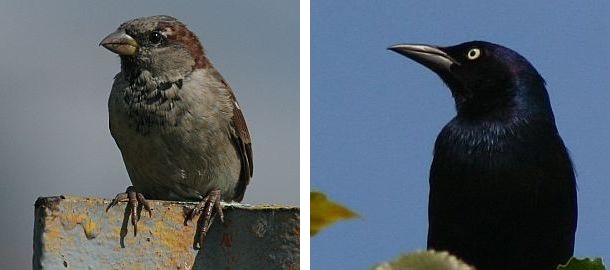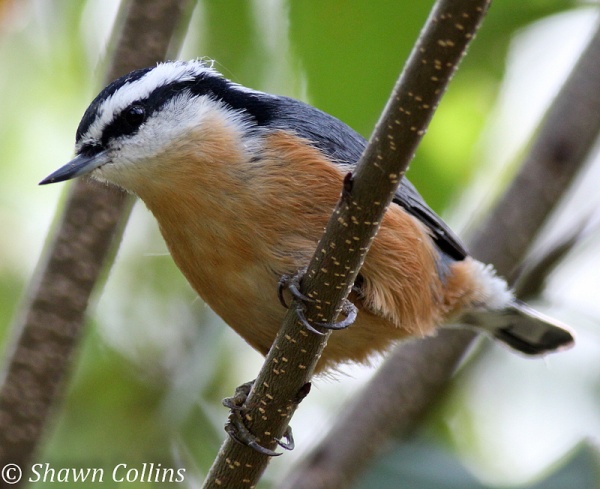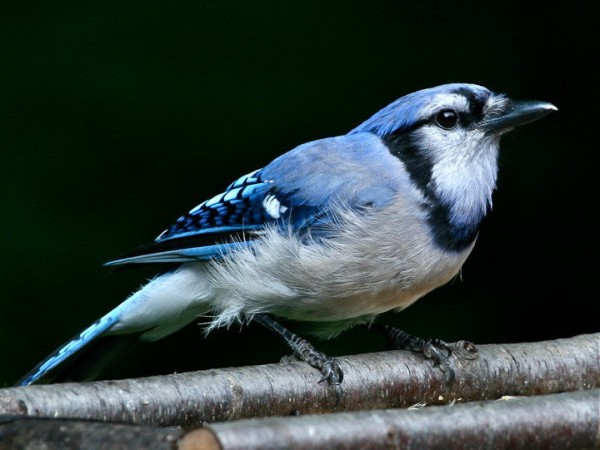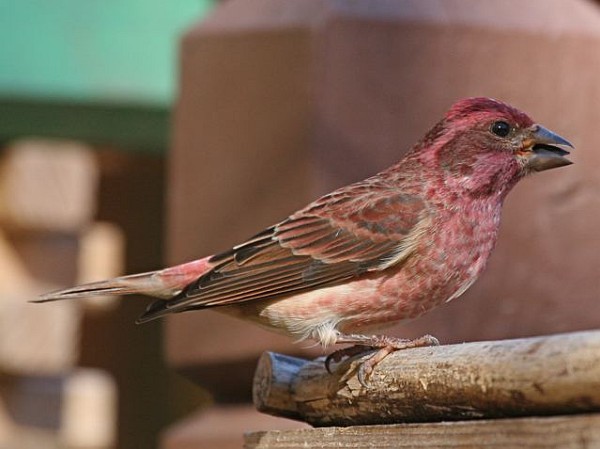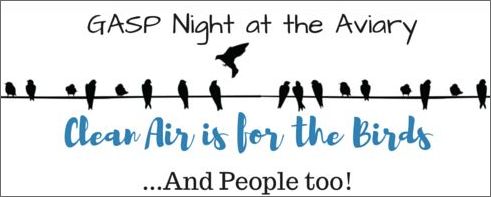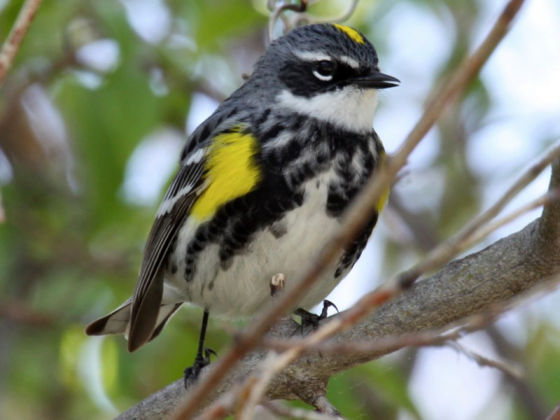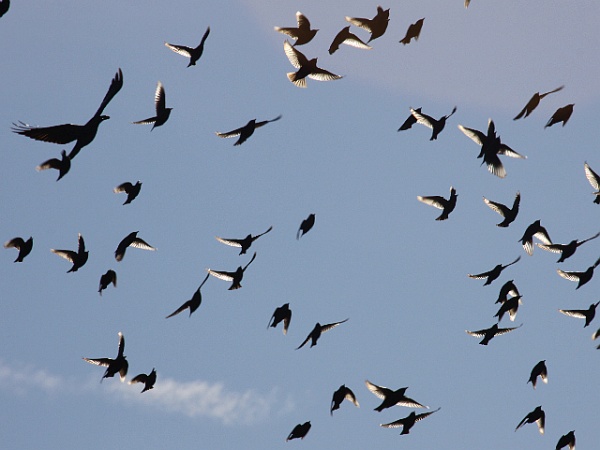THE BLACK MOON MADE ME FORGET SOMETHING I ALREADY KNEW. BIG CORRECTION AT 10:45AM! We never see the dark side of the moon except from outer space. Thank you, Tom Hoffman, for reminding me. (Shaking fist at Black Moon!)
30 September 2016: Today the media is peppered with the ominous words “Black Moon.” Here’s what that’s all about.
By the time you read this the moon has already risen in Pittsburgh at 6:46am. It came up half an hour before sunrise, will reach its zenith at 1:00pm, and will set at 7:07pm four minutes after sunset. It’s in lock step with the sun.
But we won’t see it.
It’s a new moon traveling so close to the sun that the sun’s glare hides it. And it’s not illuminated. It is back lit by the sun.
This is the second new moon this month, the so-called “Black Moon.” Like its bright twin, the Blue Moon, two of these in a month are a relatively rare occurrence. The last Black one was 32 months ago.
What about the dark side of the moon. Is it always black?
No. Today’s Black Moon is sunlit on the other side. But if we could see it, it would look unfamiliar.
During the new moon last July, the dark side of the moon was facing the DSCOVER satellite when NASA’s EPIC camera recorded time lapse photos. Watch as the dark side flies by the southern hemisphere. Doesn’t it look odd!

For starters, it’s darker than we expect. Even when fully illuminated the moon is darker than Earth from outer space because it reflects less light. Our planet is bright blue and white because it has lots of water. The moon is dry and dark. It matches the color of Australia.
Here’s the dark side in a still photo from August 2015.
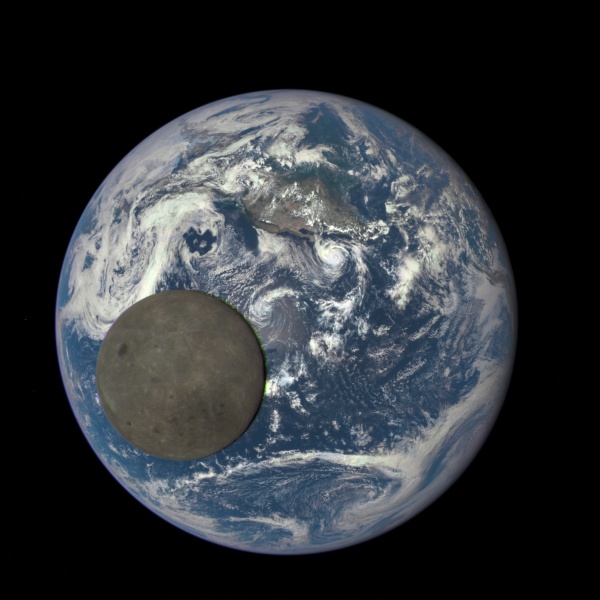
Look closely and you’ll see that it’s missing the craters we always see.
Of course we shouldn’t expect the dark side to match the bright side. But the fact that it looks so different makes this Black Moon unsettling. 😉
(New moon symbol from Wikimedia Commons. Moon and earth animation from NASA. Click on the images to see the originals.)

